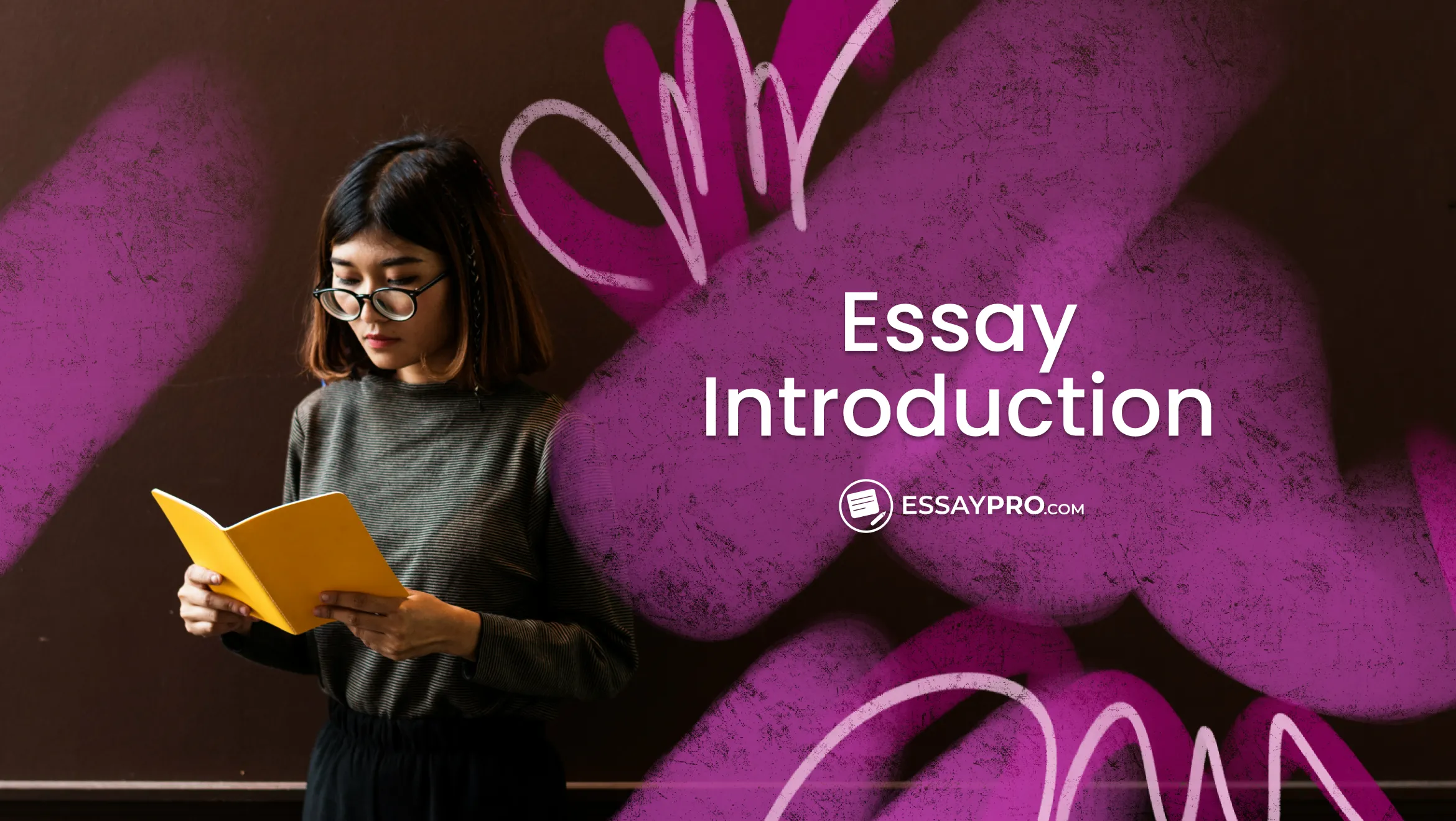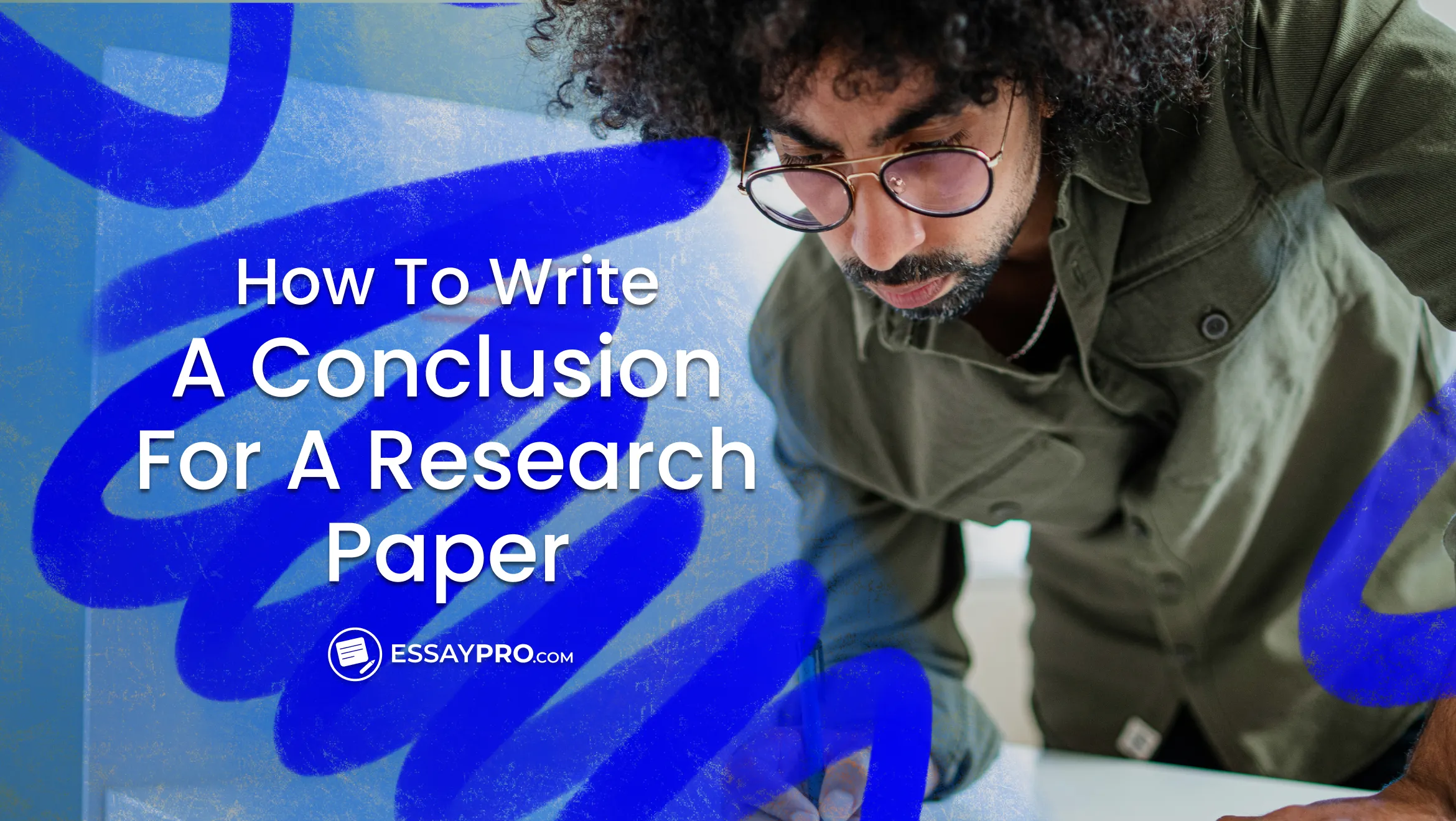What Is a Creative Essay
Creative essay is a form of writing that combines elements of fiction, personal experience, and imagination.
Do you ever want to let your imagination loose in your school essays? Creative writing lets you do just that. It allows you to invent characters, places, and stories that might not exist in real life. This type of writing encourages you to play with words, structure, and style to stir emotions, provoke thoughts, or simply entertain your readers.
Unlike more formal writing like journalism or academic essays, creative writing is all about expressing yourself artistically. It gives you the freedom to showcase your personality through characters, stories, and plots that you create.
In this guide, our college essay writing service will walk you through everything you need to know, from choosing a great topic to organizing your ideas effectively. You'll find examples of creative essays, a template to help you organize your thoughts, and tips on how to make your writing more vivid and impactful.
How to Write a Creative Essay in 6 Steps
Let's go through the key steps for writing a creative essay. By breaking down the process into manageable parts, you'll find it more straightforward to develop engaging ideas and structure your essay effectively.
Meanwhile, check out our special article on how to write in cursive.
Write Freely
When you start writing, whether it's for essays or stories, it's best to sit down and jot down your first thoughts. Freewriting is a common technique among writers. It helps you start thinking and brainstorming ideas.
Freewriting does two main things:
- It keeps your ideas flowing so you don't forget any good ones.
- It improves your ability to write continuously for longer periods.
For essays, you can begin by writing the topic in the center of a page and then creating a mind map with any relevant ideas that come to mind. This can include different aspects of the topic you want to cover and examples or quotes you've come across.
Remember, this brainstorming session shouldn't take too long. Set a timer for about ten minutes, play your favorite music, and let your ideas flow naturally. As Noel Plaugher on mindful writing and resilience suggests, creativity thrives when you’re relaxed and present in the moment. This initial step is all about getting your thoughts out there without overthinking it.
Tell the Story in Three Parts
In storytelling, we often use a three-part structure: Setup, Confrontation, and Resolution. This approach is widely used in writing, movies, and TV shows. Unlike the acts in a play, these parts flow into each other seamlessly.
- Setup - Introduces the characters, their relationships, and the world they live in. Early on, there's usually an event called an 'inciting incident' (often around 19 minutes into a film) that sets the story in motion. The main character faces challenges and makes decisions that shape the rest of the narrative.
- Confrontation - The central problem emerges from the inciting incident, and the main character strives to resolve it. They encounter obstacles that test their abilities and resolve. For instance, in a detective story, this phase involves the detective uncovering clues and facing setbacks before reaching a breakthrough.
- Resolution - The story reaches its peak as the main conflict is confronted and resolved. Loose ends are tied up, and the characters' journeys conclude, leaving a sense of closure.
This structure helps writers build engaging narratives that keep audiences invested in the characters' journeys from start to finish.
Start with a Hook
In creative writing, it's often recommended to start with an exciting beginning. One good way is to begin with a 'conversation,' jumping straight into a lively talk to grab the reader's interest right away. For example, in a spy thriller, instead of easing into the story, the writer might open with agents arguing about a secret mission, setting the stage for suspense and excitement. The story could then unfold with more dialogue revealing the characters' motives and actions.
This method also works in essays, especially for certain topics, not only in creative writing topics. For instance, if you were writing about the ethical issues of cloning, rather than starting with a slow introduction to different viewpoints, you could begin with a conversation between scientists debating the consequences of cloning animals. Showing different opinions and ethical dilemmas through dialogue could engage readers and lead them into the broader discussion of bioethics and scientific advancements. This approach may not follow the usual essay structure, but it can make your writing more engaging and thought-provoking.
Add Rich Details
To keep your reader engaged, add vivid details about settings and locations, much like creative writers do. Essays can become dull if they only focus on academic concepts, but you can make them more captivating by including descriptive details.
While it can be challenging in essays with strict word limits or those focused on scientific topics, you can certainly incorporate relevant details in subjects like humanities, literature, theater, or history. For example, when analyzing a novel by Jane Austen, you might explore how societal expectations of the time shaped her portrayal of female characters.
By including these extra details and snippets of information, you not only maintain reader interest but also demonstrate your depth of understanding and independent study. This approach can impress your reader and potentially enhance your academic performance.
End Clearly
In creative writing, ambiguity can spark debate, but in essays, clarity is key. Unlike creative writing, in which open endings can be intriguing, essays require a clear conclusion.
Always ensure your essay concludes definitively. This shows your examiner what you've learned and your final answer to the essay question. Unlike creative writing, your goal is to demonstrate understanding and reach a clear conclusion to earn marks.
Make sure your conclusion is straightforward and easy to locate. With many essays to assess, clarity helps your teacher quickly identify your final thoughts. Avoid ambiguity or vague language, which can frustrate readers, including your examiner.
Revise and Improve
Most writers don't nail it on the first try. Editing is crucial, especially when trimming down your word count. It can be tough to cut out sections you've crafted carefully.
After completing your first draft, read through it critically. Consider the order of your points and ensure everything makes sense. With modern technology, editing is easier—you can rearrange sections by copying and pasting and refining your wording for smooth transitions. Once you've made these edits, give your essay a final read-through to polish the wording. Don't overlook proofreading to catch any spelling or grammar mistakes.
Outline for Creative Writing Essay
Here is an outline that will help you structure your creative writing essay, whether it's a poem, a personal essay, a short story, or a speech.
Types of Creative Essays
Creative writing comes in many forms, each a great way to tell stories and express yourself. Here are 5 main types:

- Poetry uses short, powerful words to describe feelings, thoughts, and experiences. It can rhyme and have a beat or be more free-flowing. Poets play with language to create strong emotions and ideas, capturing moments in special ways.
- Personal essays mix memories, reflections, and stories to explore a person's experiences and what they learned. Unlike school essays, they focus on the writer's unique voice, using stories and thoughts to tell a narrative. They can be about almost anything, giving readers a glimpse into the writer's mind and feelings with the goal of connecting through shared experiences.
- Short stories can be very short or complete stories, but they have a word limit. This challenges writers to create interesting characters, plots, and settings using concise storytelling. Short stories come in all sorts of genres, like realistic fiction or fantasy, and aim to build suspense and give a satisfying ending in a short space.
- Novels are longer fictional works with complex characters, plots, and settings. They can be literary fiction, science fiction, romance, mysteries, or anything else, offering in-depth stories that unfold over many chapters. Writing novels requires planning and a strong understanding of storytelling to keep readers engaged with vivid worlds and compelling narratives.
- Speeches are written to be spoken aloud, with the goal of informing, inspiring, persuading, or entertaining listeners. They can be formal addresses or informal talks and use special writing techniques along with storytelling elements. Speechwriting is about crafting messages that resonate with listeners' emotions and minds, using stories and anecdotes to capture their attention and hold their interest.
20 Creative Writing Topics
Before putting yourself into creative essay writing, you should pick among the creative writing topics that you will be talking about. Here, our paper writer prepared some fresh ideas to make your choice easier:
- Write about a time you overcame a challenge. What did you learn from the experience?
- Imagine you can talk to animals. What would you ask your pet?
- Describe a place that brings back special memories. What makes it so special?
- Create a story about a forgotten object. Where did it come from? Who used it?
- Write a letter to your future self. What are your hopes and dreams?
- If you could have any superpower, what would it be? Why?
- Imagine a world without technology. How would your life be different?
- What is the most important lesson you've learned in life so far?
- Describe a dream you'll never forget. What do you think it means?
- Write a story about a character who is very different from you.
- What historical figure do you find most interesting? Why?
- Create a dialogue between two unlikely characters.
- Imagine you could travel anywhere in the universe. Where would you go? Why?
- Write a story about a robot who wants to be human.
- What does friendship mean to you?
- Describe a work of art that you find moving. Why does it affect you?
- What is your favorite thing about nature? Why?
- Imagine you are invisible for a day. What would you do?
- Write a story about a creature from myth or legend.
- What do you think the future holds for humanity?


Example of a Creative Essay
If you liked these samples, you can buy essays online from us. Our authors will write them flawlessly and deliver them within the specified timeframe. Additionally, you can find helpful information on a book review format in our dedicated article.
Wrapping Up
We hope you now understand what a creative essay is and how to write one. Some people find writing creative essays easier than others. By applying the tips mentioned above, you should be well-equipped to create work that you're proud of.
If you need extra guidance, consider working with our expert coursework writers. They have developed numerous academic essays with professionalism. Place an order today and experience our dedication firsthand!
Are You Short on Creative Writing Topics?
Whether you need a compelling personal statement, a thought-provoking argumentative essay, or a captivating narrative, we've got you covered.
FAQs
If you feel like some questions were left unanswered, don't you feel disappointed just yet! Our dissertation writers for hire compiled the most frequently asked question on creative essay writing, so take a look for additional information:
What Are the 7 Types of Creative Writing?
- Poetry - The craft of creating poetry that expresses meaning and emotion using rhythm, meter, and metaphorical language.
- Fiction - Writing that conveys a narrative, whether through smaller pieces like short stories or longer ones like books or romances.
- Creative Nonfiction - A style of writing that uses literary devices to vividly and engagingly tell a genuine narrative or provide scientific facts.
- Drama - Writing that is meant to be acted, like plays or screenwriting.
- Songwriting - Composing songs with words and music to express emotion, share stories, or deliver a point.
- Scriptwriting - Writing dramatized, fictional, or nonfictional screenplays for films, tv programs, or other graphic mediums.
- Memoir and Autobiography - Writing that chronicles a person's life, either from their standpoint or through the lens of a certain topic or period
What Are the 5 C's of Creative Writing?
- Character - Helps a plot come to life and maintain readers' attention.
- Conflict - Offers the outcomes that make a story more intriguing.
- Context - Adds the setting, period, and other relevant sociological or historical information to help readers better understand the characters' motivations and actions.
- Craft - Includes writing aspects like sentence structure and literary devices to help authors create a more effective piece.
- Creativity - A literary work that stands out and is compelling due to its originality and vision. It could require playing around with the terminology and experimenting with the story.
Is Creative Writing a Skill?
Even though some people are naturally gifted writers, anyone can acquire the craft of creative writing if they put in the necessary time and effort. If you wish to develop your creative writing qualities, keep composing until you feel at ease with a specific storytelling style or until you see an improvement. Any blunders you make may be viewed as chances to discover more about who you are, which can also enhance your writing abilities.

Adam Jason
is an expert in nursing and healthcare, with a strong background in history, law, and literature. Holding advanced degrees in nursing and public health, his analytical approach and comprehensive knowledge help students navigate complex topics. On EssayPro blog, Adam provides insightful articles on everything from historical analysis to the intricacies of healthcare policies. In his downtime, he enjoys historical documentaries and volunteering at local clinics.
- 7 Techniques from Creative Writing You Can Use to Improve Your Essays. (2014, June 21). Oxford Royale Academy. https://www.oxford-royale.com/articles/techniques-creative-writing-improve-essays/
- (2023). Oxfordsummercourses.com. https://oxfordsummercourses.com/articles/creative-writing-techniques-to-improve-your-essays/
.webp)




